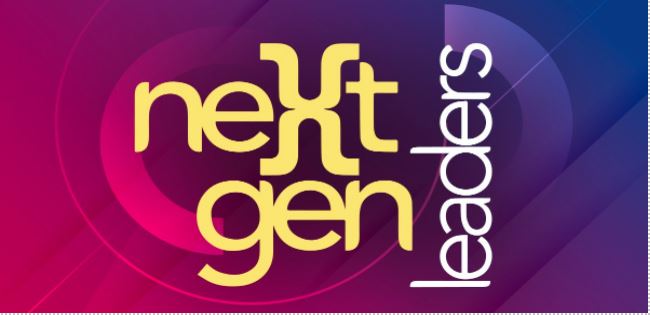How a Great Leader Transforms Her ‘Next’ Level People into Agile Leaders
“Leaders become great not because of their power but because of their ability to empower others.”
This quote from John Maxwell, the world-renowned American author behind books such as “The 21 Irrefutable Laws of Leadership”, among others, perfectly sums up the vital role of leaders in this modern world.
While it is widely believed that leaders require followers, my experience as a leadership mentor working with hundreds of businesses and leaders over the years has made me believe otherwise.
One quality that I’ve noticed among notable and effective leaders is their focus on creating leaders and not followers.
In fact, the quality is so essential for the long-term success of an organization that we at M2M have created a dedicated module on leadership development in our ‘Professional Development and Training program.
Why the Focus on Creating Leaders and Not Followers?
Businesses are often advised to align their core team to the leader’s vision if they want to succeed. While this might seem like a practical approach when times are stable, leading in the VUCA world demands something different.
When the business world struggles with volatility, uncertainty, complexity, and ambiguity, an organization’s ability to change should be significantly higher than the rate at which the marketplace is changing. Organizations that are not agile enough are often left behind in the race.
When an organization or leader focuses on creating followers, the inherent ability to change is mostly limited to the leader or the core leadership team. And this generally works when the changes are slow.
But at times like these, when competitors, technologies, customer expectations, and the economic environment are simultaneously changing at a rapid pace, it is not practical for a single individual or a team to track all of these changes and continue adapting.
The Current State of Succession Planning
Every organization needs to inevitably replace its CEO. But multiple studies suggest that the majority of the organizations are ill-prepared for the replacement.
In fact, according to a report by PWC, CEO turnover is steadily rising with every passing year. The turnover rate in 2,500 of the world’s biggest companies stood at 14.5% in 2017. In 2018, it increased by up to 3% to reach 17.5%.
Another study published in JSTOR suggests that the time an organization spends replacing a successor is directly linked to its subsequent performance compared to its peers. Lack of preparedness is often the leading cause of this delay.
How Can a Leader Develop More Agile Leaders?
One of the most important duties of a leader or decision-maker of an organization is to work towards developing more agile leaders. This will ensure that there are eligible candidates to fill up the position when the time comes, and the change does not negatively impact the organization.
Here are a few ways in which a leader and leadership team can develop more agile leaders-
- Building Agility Quotient – IQ+EQ+SQ=AQ
- in an article published on LinkedIn, I mentioned how building Agility Quotient (AQ) is a sum total of building Intelligence Quotient (IQ), Emotional Quotient, and Spiritual Quotient (SQ). In these uncertain times, leaders need to take a holistic approach. Working towards building the three major quotients can help leaders build an “Army” that is prepared to handle any challenges that may come their way.
- Create the Right Environment
- The organizational culture plays a critical role in building leaders who have a leadership style that is authentic, collaborative, and shared. Leaders and HR teams should work towards building a strong foundation that is a combination of innovation, honesty, transparency, adaptability, and open communication.
- Provide the Right Learning Solutions
- Leaders are not made overnight. It is not something that one can learn in a 2-day virtual program. Organizations should provide their high potentials with the right blend of learning solutions that they can master over a period of time. Mentoring and coaching can be critical in such learning programs.
- Hit the Point of Exhaustion
- How do you get physically stronger? A weightlifter would suggest that you need to keep lifting higher weights until the point of exhaustion. Strong leaders are built in the same way. As a leader, you need to delegate important tasks to the potentials while constantly shortening the timeline for achieving the results.
- This will encourage them to use their perseverance, creativity, leadership, and diligence, making them better leaders in the process.
- Work Towards an Evolving Vision
- “Business is just a bigger landscape of an individual.” Just as we change our goals, objectives, and vision throughout our lives, a business goes through the same transformation process. Leaders should instil the quality of having an evolving vision that aligns with the changing dynamics of the business landscape.
Building Agile Leaders for Long-Term Business Success
I often come across entrepreneurs and business owners who hire leaders and then try leading through them. While this does work at times, building leaders internally is what I’ve seen delivering better long-term results.
When you build leaders, you create decision-makers who do not need regular inputs from others. They understand the organization and are better equipped to navigate the business through the changes that are only expected to get more prominent in the future.
Building leaders is a skill that can be mastered with time.
Schedule a no-obligation information session to know more about our programs and better understand how organizations can build a steady pipeline of leaders ready to lead and succeed.


